This is part 1 of a 3 article series on how to find big mule deer bucks in the high country. Hunting Big Mule Deer can be very mentally challenging. While it is very rewarding, it does require patience and some luck! The process is much more easily said than done, but I feel it can be broken down into 3 easy to understand (more difficult to execute) steps. Sometimes these steps are achieved over months of hard work, and other times it can happen in just a few short moments during the hunt.
In this article, we'll discuss step 1 in detail. Step 1: The Search. Finding the buck you want to kill is always the first step. I prefer to do some summer scouting and put in the leg work early, hoping that it pays off early during the season, but at times it can add to the frustration of not being able to find your target buck during the season. I've had it go both ways.
PRESEASON:
I believe there are 2 ways to be consistently be successful on mature mule deer. Both of these require TIME and some luck. The first is to spend time FINDING bucks before the season starts. We call this process "preseason scouting." You'll find that most of the guys that are consistently taking mature animals on opening day have been scouting before the season started. I find that scouting is most effective the closer you get to the start of your season. That being said, there's only so many miles you can cover and only a finite number of days we can spend in the field to scout. Starting too early can also be frustrating, and this time frame can vary depending on the terrain and habitat type you're hunting. I typically hunt High Country muleys in early seasons and find that my most effective scouting times are in the months of August and September - before the hunts start. 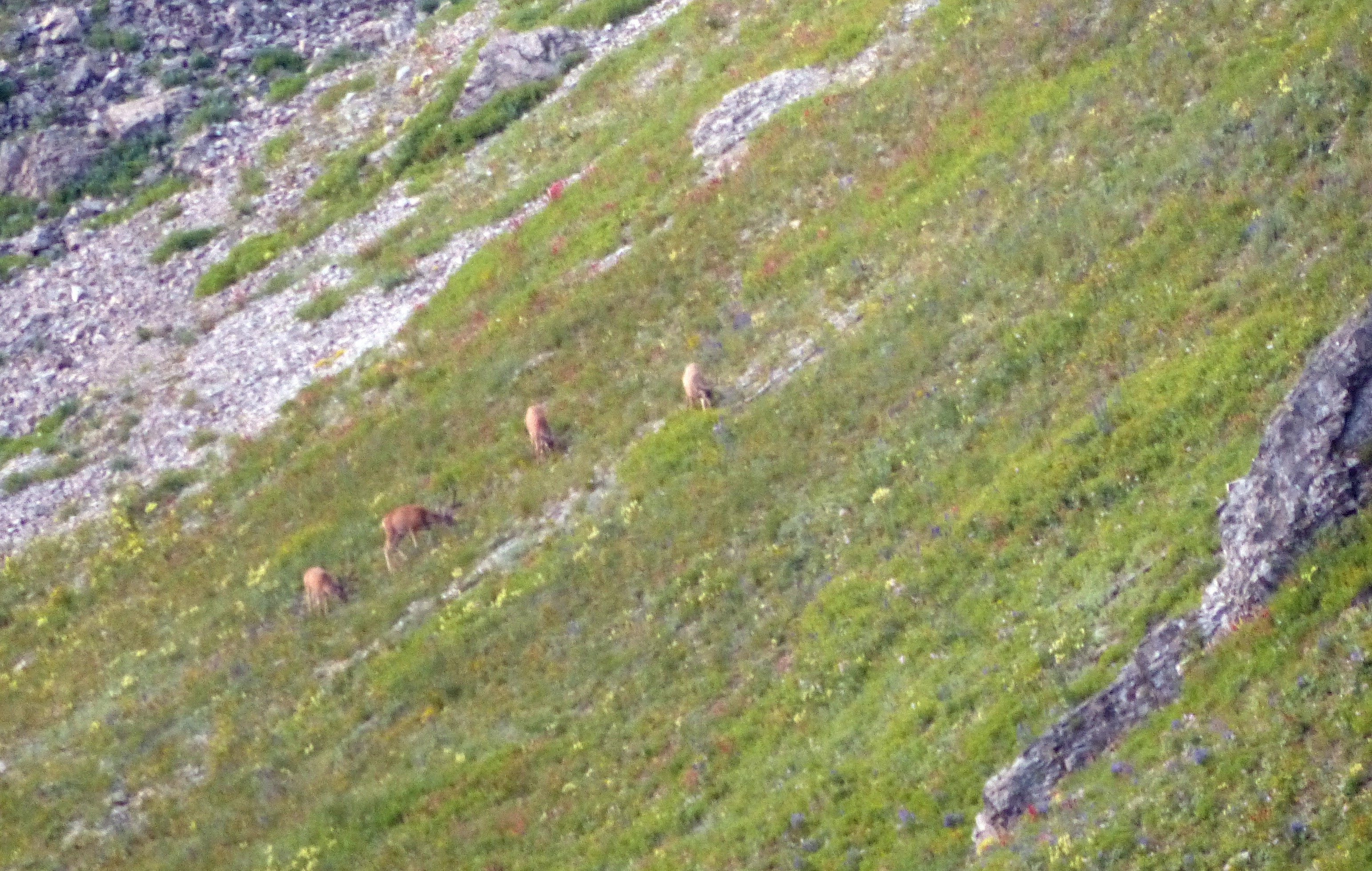
Treat your scouting trips just like you would a hunting trip. Mornings and evenings most effective time to find mature bucks, but all day can be used to find deer. I like to be in glassing position before it gets light and then break apart the country as the sun comes up, and for the next few hours. If I have more time, I may move a little bit and continue glassing. Sometimes I'm amazed at how many deer I see by just sitting and watching the same country for extended periods of time. I've also found that covering a lot of country during "primetime" can also produce a lot of deer sightings. I like to carry my digiscope setup with me and I'll move and glass until I see a buck that peaks my attention. I'll then start recording footage while I continue to glass. After a few minutes I'll pick up my stuff and head to another location to keep glassing. Finding mature bucks is simply a matter of being patient, putting in the work, and looking through enough deer and country to find them. Sometimes we don't have time to scout, especially on hunts that aren't close to home. If possible, arrive a few days before season and try to FIND a buck that you want to shoot. Your best opportunity to kill a buck that you've found before the season is on opening day; before they feel the hunting pressure and change their pattern, or get taken by another hunter.

DURING SEASON:
Earlier in the article I mentioned that one way to find mature bucks is preseason scouting, the second is to spend more time during the season. It's hard to expect to kill a mature buck the first day if you haven't found him yet. Sometimes we get lucky. However, you'll find that many hunters who are consistently successful may not be preseason scouting, but they're spending a lot of days during the season FINDING bucks. This take consistent effort, and adaptability. Weather and hunting pressure play a big factor in finding deer. I would recommend trying to spend at least a full week, and up to 10 days during the hunt. This allows you to adapt to the current hunting conditions and time to FIND and hunt a mature buck. A few other tools that will help - preseason or not.

Trail Cameras: Trail cameras can also be an effective scouting tool, but capturing images of mature bucks is tough either way. Several years ago, while on an early August scouting trip my brother and I found a great buck. We watched him bed a few yards above a worn game trail. This trail ran up the drainage and into a patch of heavy timber. We placed a camera on this trail, expecting that this buck would be using this timber patch to escape pressure and the summer heat. After more than three weeks, the camera had failed to capture a single photo of the big buck. He didn't use that trail, and eluded us many more times after that. I know that bait piles are a popular and effective way to get photos of a lot of bucks in an area. This is legal in some states, and not legal in others. I personally don't place bait piles, and rather look for pinch points and high traffic locations to place my cameras. I find that I am much more effective at camera placement in areas where I've spent time watching deer movement and will sometimes move my cameras during the season based on what I see during scouting trips. You can also set cameras during your hunt. Even if you only have a few days to hunt, cameras will help you know what movements are happening at night, and help you predict timing and location of big deer during shooting hours. 
Reading Sign: It is very difficult to cover all of the country you want to during primetime hours, especially in areas where there is a lot of cover or timber. Learning to read sign, identify buck tracks, beds, and know the freshness of sign can help tell the story of what's happening in your area. Game trails are a great indicator of deer movement, and will be used for generations. You'll find these trails dissipate in open feeding areas, but will be evident when they enter the trees, or cross a pinch point like a saddle, cliff face, an obstacle or any area where traffic gets condensed due to terrain. Remember that you have to FIND a buck before you can kill him. It takes a mixture of hard work and some luck to be consistent in taking mature mule deer bucks. Be sure to check out this entire series on hunting high country mule deer. Click HERE to read Part 2. Click HERE to read Part 3. (not published yet)





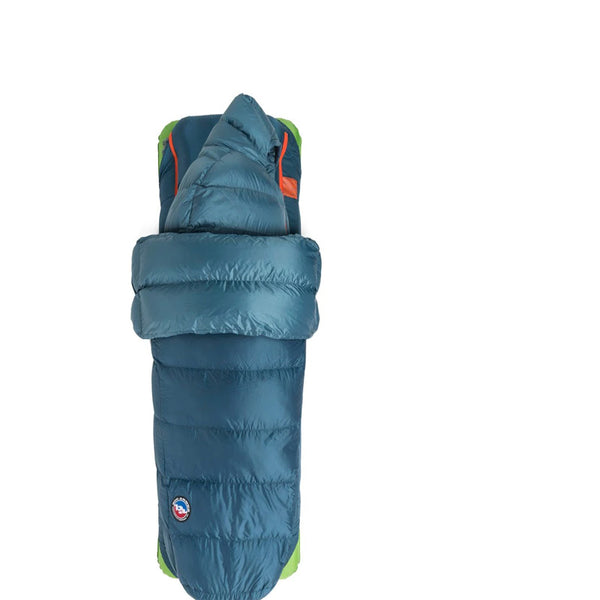
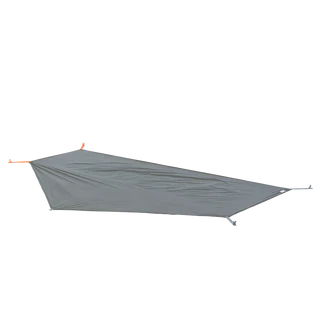
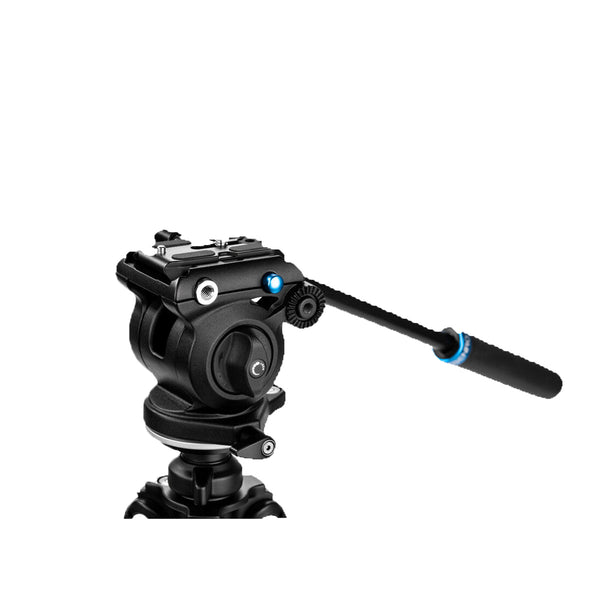

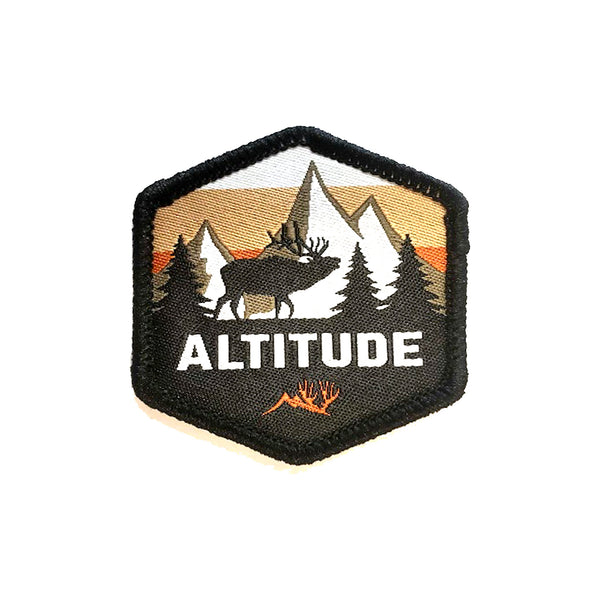
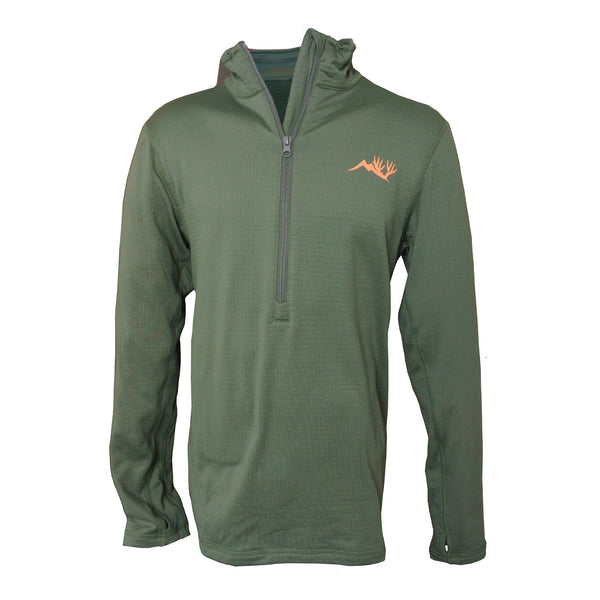







Leave a comment